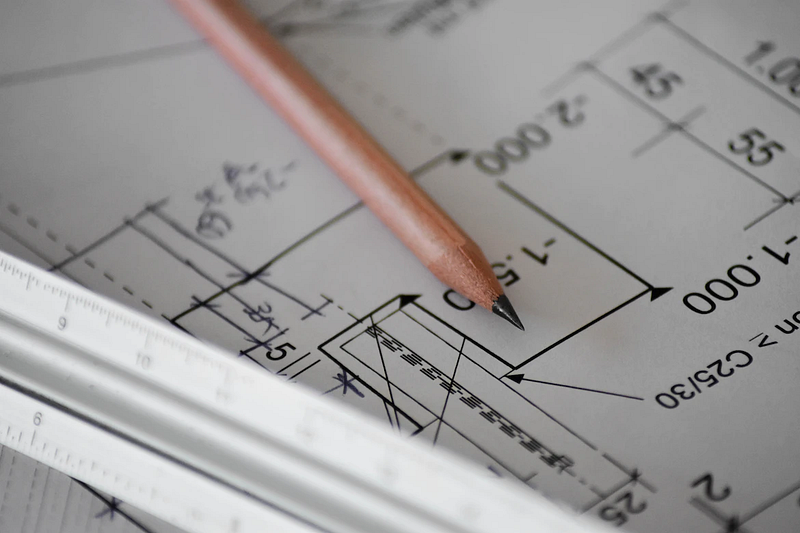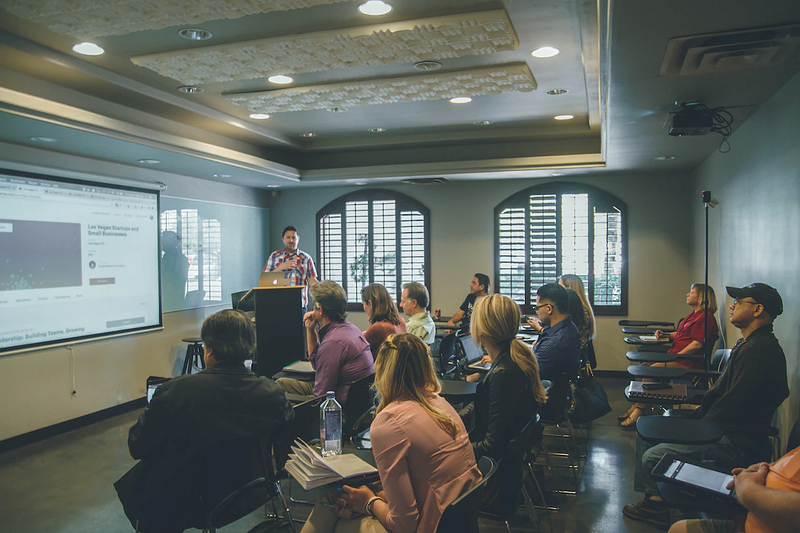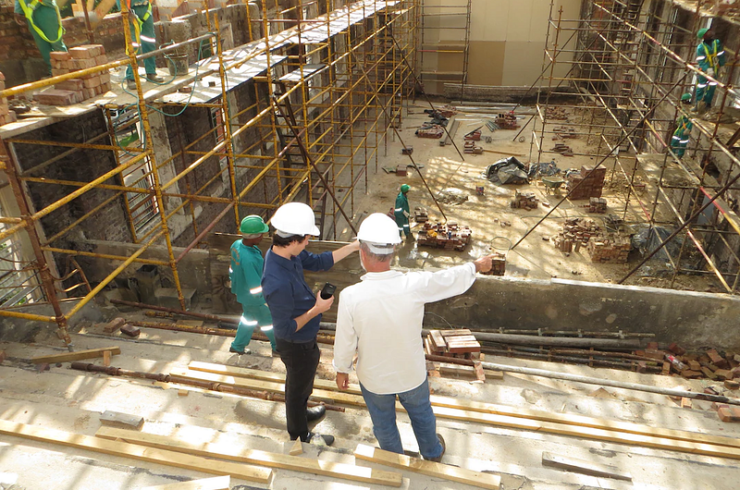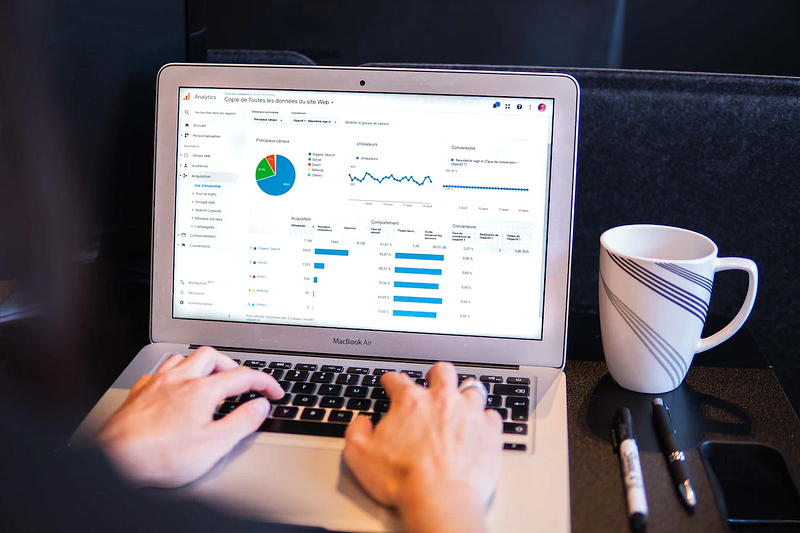Construction project forecasting is the backbone of successful project management. It allows you to take control of your project’s future by predicting key project outcomes, enabling you to manage resources efficiently and mitigate risks effectively. Accurate forecasting can lead to better project performance, increased profitability, and a higher likelihood of meeting project objectives.
But with so many variables to consider, creating a reliable construction project forecast can feel like navigating a labyrinth. Fear not! This article will guide you through the best practices and critical considerations to supercharge your construction project forecasting. We’ve got you covered, from data collection and risk management to effective communication and reporting. So buckle up and get ready to unlock the secrets to successful construction project forecasting.
Throughout this article, we’ll discuss:
- Understanding Construction Project Forecasting
- Types of Forecasting Methods
- Laying the Groundwork: Data Collection and Collaboration
- Advanced Forecasting Techniques and Tools
- Risk Analysis and Management: Identifying and Mitigating Risks
- Continual Monitoring and Adjustments: Stay Ahead of the Curve
- Effective Communication and Reporting: Building Trust with Stakeholders
- Best Practices for Construction Project Forecasting: Unlocking Success
- Supercharge Your Construction Project Forecasting with Day.io
- Wrap-up

Understanding Construction Project Forecasting
Forecasting in construction projects involves predicting future project outcomes by analyzing data, trends, and historical performance. This crucial process helps project managers to:
1. Estimate project duration: By forecasting the duration of various project activities, you can develop a more accurate project schedule and manage deadlines effectively.
Example: Based on past projects, you may forecast that the excavation phase will take two weeks to complete.
2. Allocate resources efficiently: Forecasting the resources required for each project activity allows you to optimize resource utilization and avoid overallocation or underallocation.
Example: You may forecast the need for five skilled laborers and two excavators during the excavation phase.
3. Control costs: By forecasting project costs, you can develop a more accurate project budget and manage project finances more effectively.
Example: Forecasting the cost of materials, labor, and equipment can help you stay within your project’s budget.
4. Mitigate risks: Identifying and forecasting potential risks allows you to take proactive measures to minimize their impact on the project.
Example: You may forecast potential delays due to weather conditions and develop contingency plans accordingly.
5. Enhance stakeholder communication: Accurate forecasts enable you to communicate project progress, risks, and changes more effectively with stakeholders.
Example: Regular project status updates that include forecasts can help keep stakeholders informed and manage their expectations.
6. Improve decision-making: Accurate forecasting provides valuable insights that can guide your decision-making throughout the project lifecycle.
Example: Forecasting labor productivity can help you decide whether to hire additional workers or extend the project timeline.

2 Types of Forecasting Methods
There are various methods of forecasting, which can be broadly categorized as follows:
1. Qualitative Forecasting
These methods rely on expert opinions, subjective judgments, and non-quantifiable factors. Examples include:
- Delphi method: A structured communication technique involving a panel of experts who anonymously answer questions and provide feedback.
- Intuitive forecasting: Relies on an individual’s experience, instincts, and intuition.
- Expert panel discussions: Group discussions among industry experts to gather insights and consensus on future trends.
- Scenario planning: Identifying possible scenarios and developing strategies to respond to each one.
2. Quantitative Forecasting
These methods involve mathematical and statistical analysis of historical data to predict future outcomes. Examples include:
- Time-series analysis: Analyzing past data to identify patterns and trends that may continue into the future.
- Regression models: Using statistical techniques to estimate the relationships between variables and predict future outcomes.
- Machine learning: Using algorithms and models to analyze data and make predictions.
- Historical trend analysis: Analyzing historical data to identify trends that may continue into the future.
- Moving averages: Calculating the average of data points over a specific period to smooth out fluctuations and identify trends.
- Exponential smoothing: A forecasting technique that gives more weight to recent data points in calculating averages.
- Seasonal adjustments: Accounting for seasonal factors influencing project outcomes, such as weather conditions or holidays.
Laying the Groundwork: Data Collection and Collaboration
A successful construction project forecast starts with accurate and comprehensive data. Collecting high-quality data involves:
Involving Multiple Sources
Gathering information from various sources, such as past projects, industry benchmarks, and stakeholder inputs. For example, reviewing previous projects’ performance can help identify trends and patterns that may influence the current project.
Additionally, comparing your project with industry benchmarks can provide valuable context and help set realistic expectations.
Using Standardized Methods
Ensuring data accuracy and consistency by implementing standardized data collection methods, formats, and units across all project sources. This ensures the data is reliable and comparable, reducing the risk of errors and inconsistencies in the forecast.
Keeping Data Updated
Updating data regularly to reflect changes in project scope, timeline, and budget. As new information becomes available or project circumstances change, it’s essential to revise and update the data to maintain an accurate forecast.
Collaborating with stakeholders, such as architects, engineers, contractors, and clients, is essential to gather diverse perspectives and valuable insights. This can involve regular meetings, workshops, or brainstorming sessions to share knowledge and experience, address concerns, and align expectations.
4 Advanced Forecasting Techniques and Tools
Creating an accurate construction project forecast requires leveraging advanced techniques and tools:
1. Time-Series Analysis
Analyzing historical data trends to predict future outcomes. For example, examining the construction duration of similar projects over the past few years can help estimate the time required for the current project. You can also use this method to analyze resource utilization, cost trends, and other relevant metrics.
2. Regression Models
Establishing relationships between variables to create predictive models. By analyzing the correlation between factors such as project size, complexity, and cost. For instance, understanding how project complexity affects cost can help create more accurate budget forecasts.
3. Machine Learning And Artificial Intelligence
Utilizing algorithms and data to improve forecasting accuracy over time. Machine learning models can identify patterns and trends in large datasets that may be difficult for humans to detect. As more data becomes available, these models become more accurate, leading to better forecasts.
4. Project Management Software
Streamlining data collection, analysis, and reporting to create reliable forecasts. Many software solutions offer built-in forecasting tools and features, making it easier to generate forecasts, visualize data, and track progress. This can help save time, reduce errors, and improve overall project management efficiency.

3 Stages of Risk Analysis and Management: Identifying and Mitigating Risks
A thorough risk analysis is crucial for creating an effective construction project forecast. This process involves:
1. Identifying Potential Risks
Recognizing possible threats, such as weather conditions, material shortages, or labor disputes. For example, a project in an area prone to hurricanes may face delays or increased costs due to potential storm damage. Identifying these risks early can help in planning and preparing for their impact.
2. Assessing The Impact Of Risks
Evaluating the potential consequences of risks on project scope, timeline, and budget. This can involve conducting a risk assessment to estimate the likelihood and severity of each identified risk. For instance, determining the potential cost impact of a material shortage can help inform budget forecasts and contingency plans.
3. Developing Contingency Plans
Creating backup strategies to minimize the impact of risks on project outcomes. This may include alternative suppliers for critical materials, scheduling buffer time for weather-related delays, or securing additional labor resources to address potential shortages. By proactively planning for potential risks, construction project forecasts can better account for uncertainties and improve overall project success.
Continuous Monitoring and Adjustments: Stay Ahead of the Curve
In a constantly evolving construction project environment, it’s crucial to keep a close eye on your forecasts and make adjustments as needed. To do this effectively:
Regular Forecast Reviews
When it comes to forecasting, accuracy is key. Without regular reviews, your forecasts can quickly become outdated and irrelevant. That’s why it’s important to schedule periodic reviews to ensure your projections are on track.
Setting up monthly or quarterly meetings with your team is a great way to evaluate and discuss the accuracy of your forecasts. By comparing your predictions to actual progress, you can identify discrepancies and make the necessary adjustments.
For instance, if your project is ahead of schedule or over budget, revising your forecast to reflect the current state of affairs is crucial. Doing so can avoid potential setbacks and keep your team on track toward achieving its goals.
Utilize Real-Time Data
Gone are the days of waiting for weekly or even daily updates on your project’s progress. With the advent of real-time data, you can now make informed decisions with up-to-date information at your fingertips.
One way to harness the power of real-time data is by using project management software that tracks progress in real-time. This way, you can easily spot deviations from the planned schedule and budget and take immediate action.
But it’s not just about monitoring progress. Implementing software tools that provide up-to-date information on project performance is equally important. Tools like Procore or Buildertrend can help you monitor your project’s status, financials, and resources with real-time data.
With such tools, you can stay on top of everything happening on your project, from tracking materials and labor costs to monitoring schedules and timelines. By utilizing real-time data, you can make better decisions and avoid potential setbacks, ensuring your project stays on track and within budget.
Embrace Agile Forecasting
As the business environment continues to evolve, organizations must embrace agile forecasting to stay ahead of the competition and react quickly to changes. A rolling wave planning approach enables companies to update their forecasts based on new information continuously and completed project phases. This allows them to remain flexible rather than being bound by outdated data or assumptions that no longer hold true.
Moreover, businesses should be open-minded when revising their forecasts as soon as new information arises. For example, if a subcontractor provides updated cost estimates, these can be taken into account when adjusting the budget forecast. This agility helps organizations stay nimble and competitive while avoiding potential financial pitfalls caused by outdated or inaccurate forecasts.

By adopting a rolling wave planning approach and remaining open to revising your forecasts with new information, you can ensure that your plans are up-to-date and accurate. Doing so will give you the edge in today’s ever-changing business world.
Effective Communication and Reporting: Building Trust with Stakeholders
Transparent and clear communication is essential for keeping stakeholders informed and building trust. Enhance your communication and reporting by:
Being Transparent with Stakeholders
Successful forecasting in construction projects depends on timely and accurate communication with stakeholders. It is important to promptly share both positive and negative news so that everyone involved knows the project’s progress. When milestones are achieved ahead of schedule, let your stakeholders know immediately. This helps build trust between you and them, as they can be sure that you’re keeping them informed about project successes.
On the other hand, if delays occur or challenges arise, inform your stakeholders immediately to address any concerns or questions quickly. Regular meetings are also an essential part of this process – they provide updates on the progress of the project along with forecasts for the future.
Utilizing Visual Representations
Presenting visual data is a powerful way to help people understand complex information quickly. Graphs, charts, and infographics can take large amounts of raw data and make it easier to comprehend. By using visual aids such as Gantt charts, pie charts, or other graphic representations, we can break down the complexities of our data into easily digestible bites.
When creating these visuals for an audience, it’s important to tailor them to their needs and level of understanding. If presenting to executives, focus on high-level information and trends so they can get a broad overview quickly. However, it would be beneficial for team members to dive into the details of individual tasks and milestones.
Monitoring Key Performance Indicators (KPIs)
These three key performance indicators (KPIs) – schedule variance, cost variance, and earned value – are integral metrics that can help you measure progress and make better forecasts in a project environment.
By tracking them regularly, you can assess how well the project is going in terms of meeting deadlines, staying within budget, and generating desired outcomes. If any one of these KPIs deviates from the expected outcome, it’s a signal that you need to take corrective action and adjust your plans accordingly.
Best Practices for Construction Project Forecasting: Unlocking Success
To create highly accurate and reliable forecasts, follow these best practices:
Learn from Industry Experts
Construction professionals must stay informed of the best practices in project forecasting. Staying up-to-date with industry trends and connecting with experienced professionals can be invaluable in helping you make better predictions on upcoming projects.
From attending conferences like the Construction Management Association of America (CMAA)’s annual gathering to joining online forums or LinkedIn groups, there are many ways that construction pros can gain access to critical information and valuable insights from those who have been successful at forecasting before.
With a comprehensive understanding of current industry trends and insight into how others approach their project forecasts, you can ensure your organization makes accurate predictions and maintains profitability.

Balance Intuition and Data-Driven Insights
Construction project forecasting requires a delicate balance between intuition and data-driven insights. To create the most accurate forecasts, leveraging your industry knowledge and experience and data-based analysis is essential.
Utilizing your experience with similar projects can help you assess how external factors like weather or market conditions might influence the timeline or cost of your current project.
Additionally, you can uncover patterns that could inform your judgment by analyzing historical data from other projects in the same category. This may include recognizing trends in material costs or labor productivity across various locations and conditions.
Strive for Continuous Improvement
The past is often a great teacher, especially in construction project forecasting. To ensure the accuracy of future forecasts, it’s essential to reflect on past projects and identify areas for improvement.
After completing a project, compare the initial estimates with actual outcomes to determine where discrepancies occurred. Was it due to unforeseen circumstances, inaccurate data, or incorrect assumptions? Doing so can help you refine your forecasting process moving forward.
It’s also important to seek feedback from stakeholders and team members when refining your forecasting process. Conduct regular meetings with project stakeholders to review forecast accuracy and solicit input regarding potential improvements or changes in methodology.
This could include incorporating new data sources, refining forecasting models, or improving communication processes. By actively engaging with stakeholders and team members, you can ensure that your forecasting process is well-informed and reliable.
By following these best practices, you can enhance your construction project forecasting skills and contribute to the overall success of your projects. Continuous improvement, staying informed, and balancing intuition with data-driven insights are the keys to unlocking success in construction project forecasting.
Supercharge Your Construction Project Forecasting with Day.io

To create even more accurate construction project forecasts, consider integrating time tracking and timesheets into your forecasting process.
Day.io, a time tracking and timesheet software trusted by over 300,000 employees, offers features such as:
- Flexible shift scheduling: With Day.io, you can easily define working hours for your employees through weekly, flexible, or shift-based schedules, which helps to maintain productivity and efficiently manage the workforce.
- Anti-fraud mechanisms: To ensure data integrity and accountability across all platforms, Day.io offers facial recognition technology, mobile device verification, and location tracking with its time clock to prevent fraudulent activities in your organization.
- Time off requests management: Streamline the process of requesting and approving time off for vacations, sick days, and paid time off with the help of Day.io’s intuitive dashboard that allows employees to monitor their schedules in real-time as supervisors to track the progress of their team.
- Real-time notifications: Stay in control with real-time alerts on excessive extra hours, late arrivals, and early exits that help you promptly respond to potential issues instantly and improve overall efficiency.
Day.io’s advanced features make controlling extra hours easier, reducing payroll costs, and preventing fraud. With seamless integrations into your favorite tools, Day.io is the ultimate solution for creating a precise construction project forecast.

Wrap-up
Creating an accurate construction project forecast requires expertise and effort, but the rewards are worth it. You can take control of your project’s future by predicting key outcomes, managing resources efficiently, and mitigating risks effectively. But doing this manually is time-consuming and complex.
You should consider leveraging a powerful platform like Day.io to supercharge your construction project forecasting efforts. Don’t let your construction project’s future be uncertain. Master the art of construction project forecasting with this comprehensive guide, and build a brighter future with Day.io.

